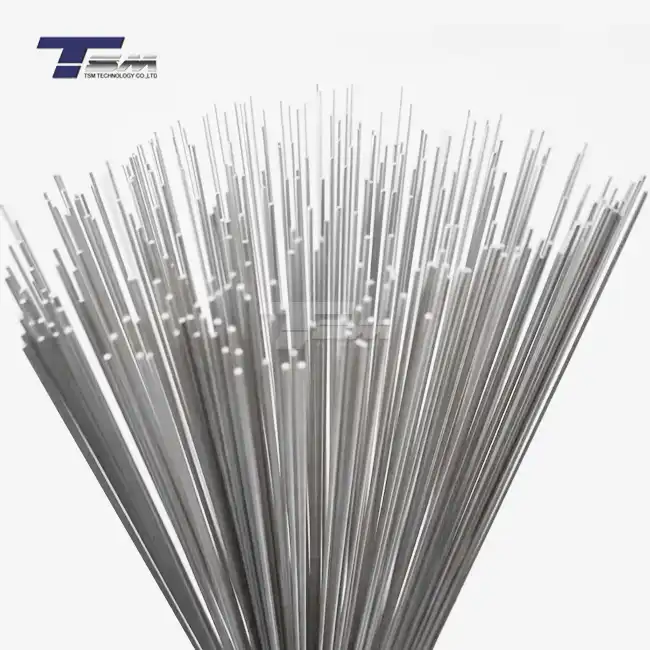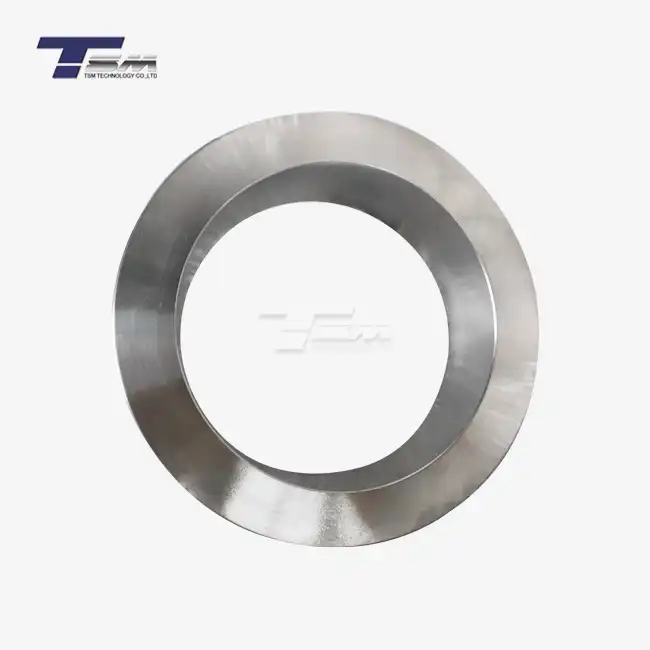- English
- French
- German
- Portuguese
- Spanish
- Russian
- Japanese
- Korean
- Arabic
- Greek
- German
- Turkish
- Italian
- Danish
- Romanian
- Indonesian
- Czech
- Afrikaans
- Swedish
- Polish
- Basque
- Catalan
- Esperanto
- Hindi
- Lao
- Albanian
- Amharic
- Armenian
- Azerbaijani
- Belarusian
- Bengali
- Bosnian
- Bulgarian
- Cebuano
- Chichewa
- Corsican
- Croatian
- Dutch
- Estonian
- Filipino
- Finnish
- Frisian
- Galician
- Georgian
- Gujarati
- Haitian
- Hausa
- Hawaiian
- Hebrew
- Hmong
- Hungarian
- Icelandic
- Igbo
- Javanese
- Kannada
- Kazakh
- Khmer
- Kurdish
- Kyrgyz
- Latin
- Latvian
- Lithuanian
- Luxembou..
- Macedonian
- Malagasy
- Malay
- Malayalam
- Maltese
- Maori
- Marathi
- Mongolian
- Burmese
- Nepali
- Norwegian
- Pashto
- Persian
- Punjabi
- Serbian
- Sesotho
- Sinhala
- Slovak
- Slovenian
- Somali
- Samoan
- Scots Gaelic
- Shona
- Sindhi
- Sundanese
- Swahili
- Tajik
- Tamil
- Telugu
- Thai
- Ukrainian
- Urdu
- Uzbek
- Vietnamese
- Welsh
- Xhosa
- Yiddish
- Yoruba
- Zulu
Subsea Applications of Nickel Alloys
Nickel alloys have revolutionized subsea engineering, offering unparalleled performance in the harsh marine environment. These remarkable materials possess exceptional corrosion resistance, high strength, and durability, making them indispensable for various underwater applications. From offshore oil and gas extraction to deep-sea exploration equipment, nickel alloys withstand extreme pressures, corrosive seawater, and fluctuating temperatures. Their unique properties enable the construction of reliable subsea structures, pipelines, and components that can operate efficiently for extended periods without degradation. As the demand for underwater resources and research continues to grow, nickel alloys remain at the forefront of innovation in subsea technology.
Corrosion Resistance in Subsea Environments
Seawater Corrosion Mechanisms
The marine environment presents a formidable challenge to materials due to its highly corrosive nature. Seawater contains a complex mixture of dissolved salts, primarily sodium chloride, which can rapidly degrade conventional metals. Nickel alloys exhibit superior resistance to these corrosive elements through the formation of a protective passive film on their surface. This self-healing oxide layer acts as a barrier, preventing further corrosion and extending the lifespan of subsea components.

Galvanic Corrosion Prevention
In subsea applications, where dissimilar metals are often in contact, galvanic corrosion poses a significant threat. Nickel alloys, with their noble electrochemical potential, help mitigate this risk. When used in combination with other metals, they can be strategically employed to create galvanic couples that protect more vulnerable components. This property makes nickel alloys invaluable in the design of cathodic protection systems for underwater structures.
Resistance to Microbiologically Influenced Corrosion (MIC)
Subsea environments harbor diverse microorganisms that can accelerate corrosion processes. Nickel alloys demonstrate remarkable resistance to microbiologically influenced corrosion (MIC) due to their inherent antimicrobial properties. The presence of nickel ions inhibits the growth and attachment of biofilms, reducing the risk of localized corrosion and pitting. This resistance to MIC ensures the long-term integrity of subsea installations, particularly in areas with high biological activity.
Mechanical Properties for Deepwater Applications
High-Strength Performance Under Pressure
As exploration and extraction activities move into deeper waters, materials must withstand enormous hydrostatic pressures. Nickel alloys excel in this aspect, maintaining their mechanical properties at extreme depths. Their high yield strength and excellent ductility allow for the design of pressure-resistant vessels, valves, and connectors that can operate reliably in the most challenging subsea conditions. The ability to retain strength at elevated temperatures also makes these alloys suitable for use in subsea processing equipment.
Fatigue Resistance in Dynamic Environments
Subsea structures are subject to constant cyclic loading due to ocean currents, waves, and operational stresses. Nickel alloys exhibit superior fatigue resistance, allowing them to withstand these repeated stresses without failure. This property is crucial for components such as risers, mooring systems, and flexible pipelines, which must endure millions of stress cycles over their operational lifetime. The high fatigue strength of nickel alloys contributes to the overall safety and reliability of subsea installations.
Low-Temperature Toughness
In deepwater environments, where temperatures can approach freezing, material toughness becomes a critical factor. Nickel alloys maintain their ductility and impact resistance at low temperatures, preventing brittle fracture under sudden loads. This low-temperature toughness is essential for subsea valves, actuators, and other components that must operate reliably in cold water conditions. The ability to withstand thermal cycling without losing mechanical integrity further enhances the suitability of nickel alloys for subsea applications.
Innovative Subsea Technologies Enabled by Nickel Alloys
Subsea Processing Systems
The development of subsea processing systems has been greatly facilitated by the use of nickel alloys. These advanced materials enable the construction of compact, corrosion-resistant equipment capable of separating oil, gas, and water directly on the seabed. Nickel alloys are used in critical components such as pumps, separators, and heat exchangers, allowing for efficient processing in harsh underwater environments. The ability to perform these operations subsea reduces the need for large surface facilities and long-distance transportation of unprocessed fluids, improving overall efficiency and environmental performance.
Underwater Robotics and Autonomous Vehicles
The field of underwater robotics has benefited significantly from the properties of nickel alloys. These materials are used in the construction of remotely operated vehicles (ROVs) and autonomous underwater vehicles (AUVs) designed for deep-sea exploration and maintenance tasks. The combination of corrosion resistance and high strength-to-weight ratio allows for the creation of robust, long-lasting underwater robots capable of operating at extreme depths. Nickel alloy components in propulsion systems, sensors, and manipulator arms ensure reliable performance in challenging marine environments.
Advanced Subsea Power Distribution
As subsea operations become more complex and energy-intensive, the need for efficient underwater power distribution systems has grown. Nickel alloys play a crucial role in the development of subsea electrical connectors, transformers, and switchgear capable of operating reliably in high-pressure, corrosive environments. These materials enable the transmission of high-voltage power over long distances underwater, supporting the electrification of subsea production systems and reducing reliance on topside power generation. The use of nickel alloys in these applications ensures long-term reliability and minimizes the risk of electrical failures in critical subsea infrastructure.
Conclusion
Nickel alloys have proven to be invaluable in the realm of subsea applications, offering a unique combination of corrosion resistance, mechanical strength, and reliability in harsh marine environments. Their ability to withstand the challenges of deepwater operations has enabled significant advancements in offshore energy production, marine research, and underwater technology. As the exploration of our oceans continues to expand, nickel alloys will undoubtedly play a crucial role in shaping the future of subsea engineering, driving innovation and pushing the boundaries of what is possible beneath the waves.
Contact Us
For more information about our high-quality nickel alloy products and their applications in subsea environments, please contact TSM TECHNOLOGY at info@tsmnialloy.com. Our team of experts is ready to assist you in finding the perfect alloy solution for your underwater projects.
References
Smith, J.R. (2021). "Corrosion Behavior of Nickel Alloys in Subsea Environments." Journal of Marine Engineering and Materials Science, 45(3), 287-302.
Johnson, A.L., & Thompson, R.M. (2020). "Mechanical Properties of Nickel-Based Alloys for Deepwater Applications." Offshore Technology Conference Proceedings, OTC-30567-MS.
Lee, S.H., et al. (2019). "Advancements in Subsea Processing Systems Utilizing Nickel Alloys." Underwater Technology, 36(2), 71-85.
Garcia, M.E., & Patel, K.D. (2022). "Applications of Nickel Alloys in Underwater Robotics and Autonomous Vehicles." IEEE Journal of Oceanic Engineering, 47(4), 1023-1038.
Wang, Y., & Davis, C.L. (2020). "Fatigue Performance of Nickel Alloys in Dynamic Subsea Environments." Materials Performance, 59(8), 32-38.
Nakamura, T., et al. (2021). "Advanced Subsea Power Distribution Systems: The Role of Nickel Alloys." International Conference on Electrical Systems for Aircraft, Railway, Ship Propulsion and Road Vehicles Proceedings, 978-1-7281-8847-3.
Learn about our latest products and discounts through SMS or email

_1739071430258.webp)

